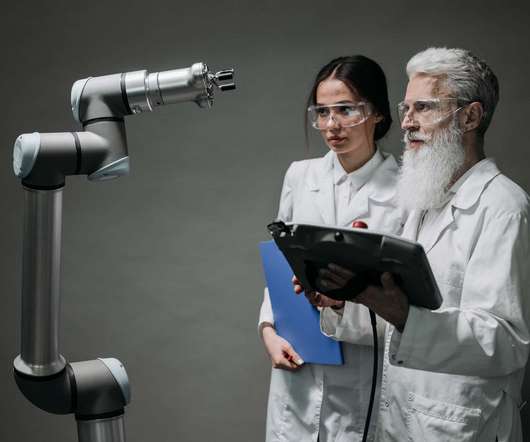Power Your Business Sustainably Through Solar Energy
The Logistics & Supply Chain Management Society
MAY 28, 2022
The country also plans to boost its solar capacity to at least 2GWp by 2030, which is enough energy to power some 350,000 households. The system is expected to produce 1,575 megawatt hours of power annually, enough to power about 365 four-room HDB flats in a year. “ Cache Logistics Trust, Singapore.

























Let's personalize your content